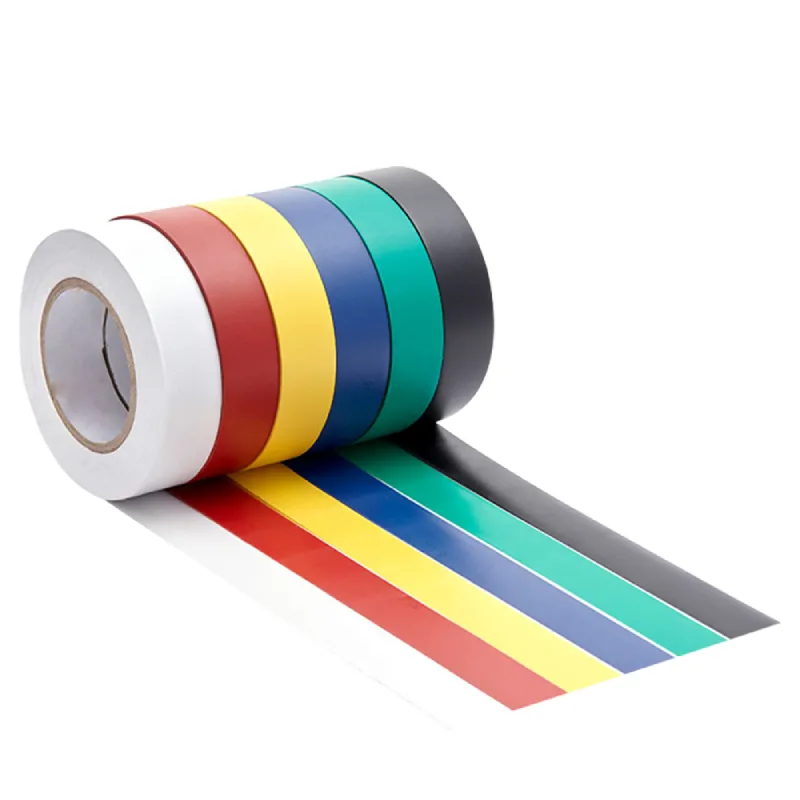The Versatile World of Splicing Tape Uses and Applications
Splicing tape, a type of adhesive tape designed for joining two pieces of material together, is an essential tool in various industries and applications. Unlike regular tape, splicing tape is engineered for strength, durability, and the ability to perform in demanding environments. Its unique properties make it indispensable in fields ranging from manufacturing to crafting.
The Versatile World of Splicing Tape Uses and Applications
In the manufacturing sector, splicing tape plays a crucial role in the assembly of products. Whether it’s used to hold components together temporarily during assembly or to provide a permanent bond, its versatility makes it a go-to choice for manufacturers. For instance, in the electronics industry, splicing tape is often used to join wires, ensuring that connections are secure and insulated from external elements. This characteristic is essential for maintaining the integrity and safety of electronic devices.
splicing tape use

Another significant application of splicing tape is in the realm of textiles. Fashion designers and garment manufacturers frequently use splicing tape to join fabric pieces without the need for sewing. This not only saves time but also adds a polished finish to the final product, as the tape is often less visible than stitching. Moreover, the ability of splicing tape to adhere to a variety of fabric types expands its usability within the fashion industry, allowing for creative designs and innovative approaches to garment construction.
The crafting community also benefits greatly from the use of splicing tape. Crafters often employ it to join paper, fabric, or other materials in a multitude of DIY projects. Whether it's creating scrapbooks or assembling intricate displays, splicing tape allows for quick and effective bonding without damaging the materials involved. The ease of application and the reliability of the bond make it a favorite among hobbyists and professionals alike.
In addition to these practical applications, splicing tape is also valued for its performance in challenging conditions. Many splicing tapes are designed to resist moisture, chemicals, and extreme temperatures, making them suitable for outdoor and industrial use. This durability ensures that bonds hold firm even in the harshest environments. For example, in construction settings, splicing tape can be used to temporarily hold protective sheathing in place or to seal joints in insulation materials, contributing to overall project efficiency.
In conclusion, splicing tape is a remarkably versatile product with a wide range of uses across various industries. Its ability to provide strong, durable bonds makes it an essential tool for professionals in manufacturing, printing, textiles, and crafting. As technology and materials continue to evolve, the applications of splicing tape are likely to expand further, solidifying its place as an indispensable tool in both everyday and industrial contexts. Whether you’re a manufacturer needing to streamline production or a DIY enthusiast looking for reliable bonding solutions, splicing tape offers a practical answer to your needs.
-
XIANGFAN Rubber Tape-Ultimate Solutions for All Your Insulation NeedsNewsJun.24,2025
-
XIANGFAN Rubber Tape-Protection for Industrial and Residential ApplicationsNewsJun.24,2025
-
XIANGFAN Rubber Tape: Superior Safety and Sealing for Demanding EnvironmentsNewsJun.24,2025
-
XIANGFAN Rubber Tape: Reliable Solutions for Every Electrical ChallengeNewsJun.24,2025
-
XIANGFAN Electrical & Industrial Tape: Powering Reliability Across IndustriesNewsJun.24,2025
-
XIANGFAN Electrical & Industrial Tape: Excellence in Every ApplicationNewsJun.24,2025
